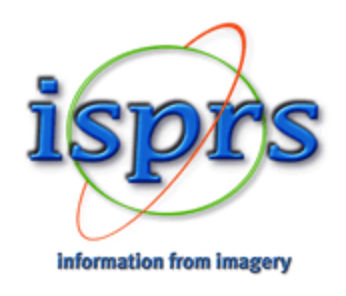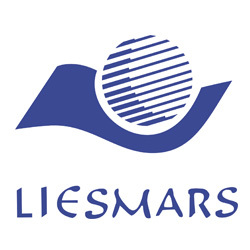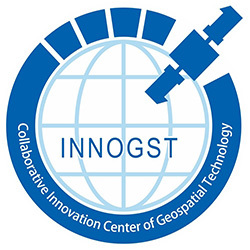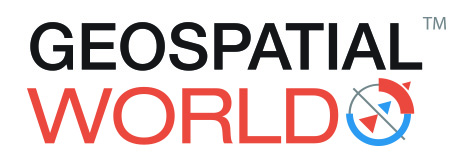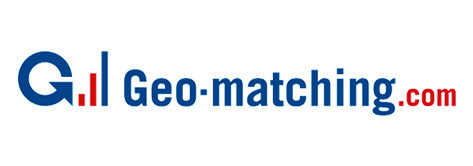Clive Fraser
Prof. Clive S. Fraser
Camera Calibration and UAS Photogrammetry: Important Considerations
Prof. Clive S. Fraser
Program Science Director, CRC for Spatial Information
Professorial Fellow, Dept. of Infrastructure Engineering
University of Melbourne, Australia
A most notable development in photogrammetry over the past half decade has been the combination of unmanned aerial systems (UAS), also termed drones, RPAs or UAVs, as a platform for image acquisition, with automatic network exterior orientation based on structure-from-motion (SfM) and Feature-Based Matching (FBM) techniques. These innovations have led to a significant increase in the adoption of photogrammetry as a fully automatic 3D object reconstruction and mapping tool, across application domains as varied as local-area mapping and deformation monitoring in the mining industry, through to construction monitoring, heritage recording and the modelling of heritage buildings and artefacts. These applications are in many cases being adopted by non-specialist users who treat the programmetric processing as a black-box operation, which is all very well when the metric quality of the sensor system and geometric strength of network configuration yield an accurate and reliable result, but this is often not the case. Shortcomings in camera calibration are a principal cause of accuracy underperformance in UAS photogrammetry, often as a consequence of the adoption of off-the-shelf, consumer-grade grade cameras with unstable calibration. Self-calibration can greatly enhance the integrity of photogrammetric measurement, but the carrying of additional parameters in a bundle adjustment can be a fraught exercise in cases where the network geometry is not conducive to the recovery of camera calibration parameters, especially interior orientation parameters. It has long been recognised within the photogrammetric community that aerial blocks of nadir imagery offer the least suitable network geometry for self-calibration, yet this is the very configuration most widely used in UAS projects. This presentation discusses camera self-calibration for UAS photogrammetry and it considers practical steps which can be taken to optimise scene- independent camera self-calibration, thus minimizing the accuracy degradation that can arise through projective compensation and the subsequent introduction of systematic error, principally biases, in the resulting 3D object reconstruction.
Biographical Sketch
Professor Clive Fraser received Bachelor’s and Master’s degrees in Australia before earning his PhD in photogrammetry at the University of Washington, Seattle, in 1979. He is currently a Program Science Director in the Cooperative Research Centre for Spatial Information, and a Professorial Fellow in the Department of Infrastructure Engineering at the University of Melbourne, where prior to retirement in 2010 he had served as a professor. He was Head of the Department of Geomatics, from 1993 to mid 1998 and prior to that was for 10 years Vice President of Geodetic Services, Inc. in Florida, a world-leading company in industrial photogrammetry systems and services. Prof. Fraser’s particular areas of research interest lie in digital close-range photogrammetry, including 3D forensic analysis and accident reconstruction, industrial measurement systems, and the metric exploitation of high-resolution satellite imagery. He is a Fellow of both the Australian Academy of Technological Sciences and Engineering, and the American Society of Photogrammetry and Remote Sensing, and he is an Honorary Member of The Remote Sensing and Photogrammetric Society (UK). In recognition of his academic and professional work, which include authorship of more than 380 scientific publications, he has earned numerous international awards.


